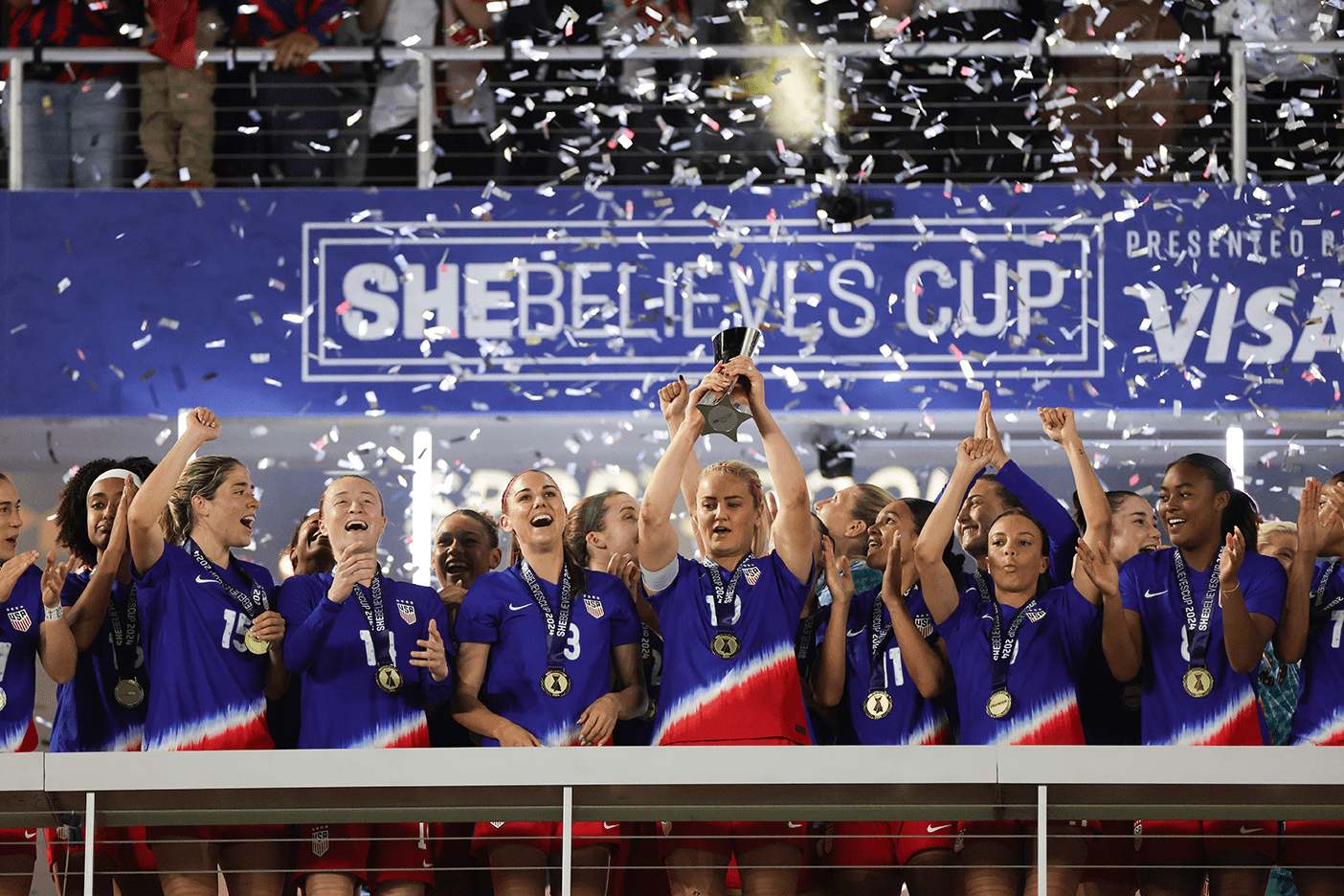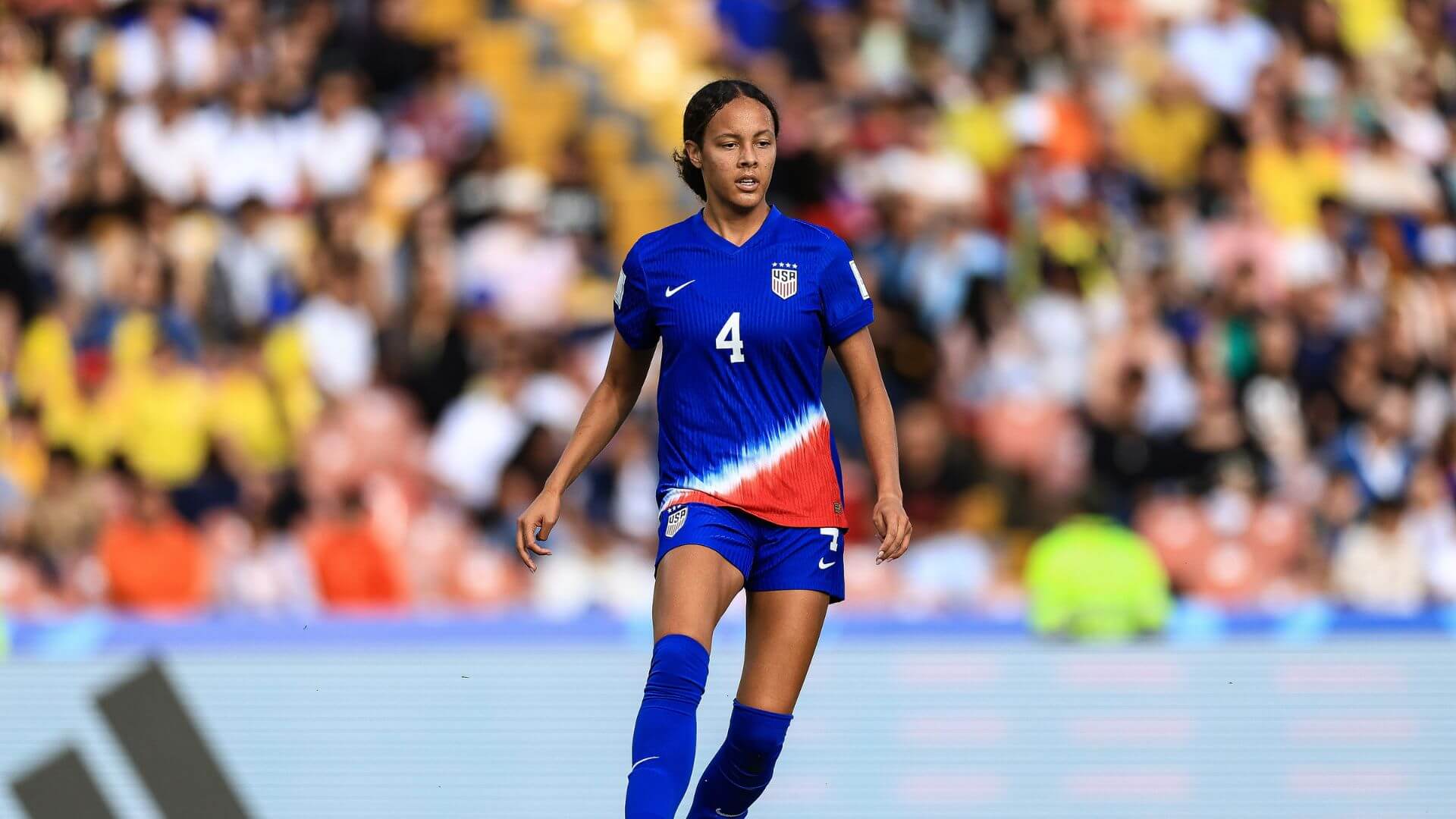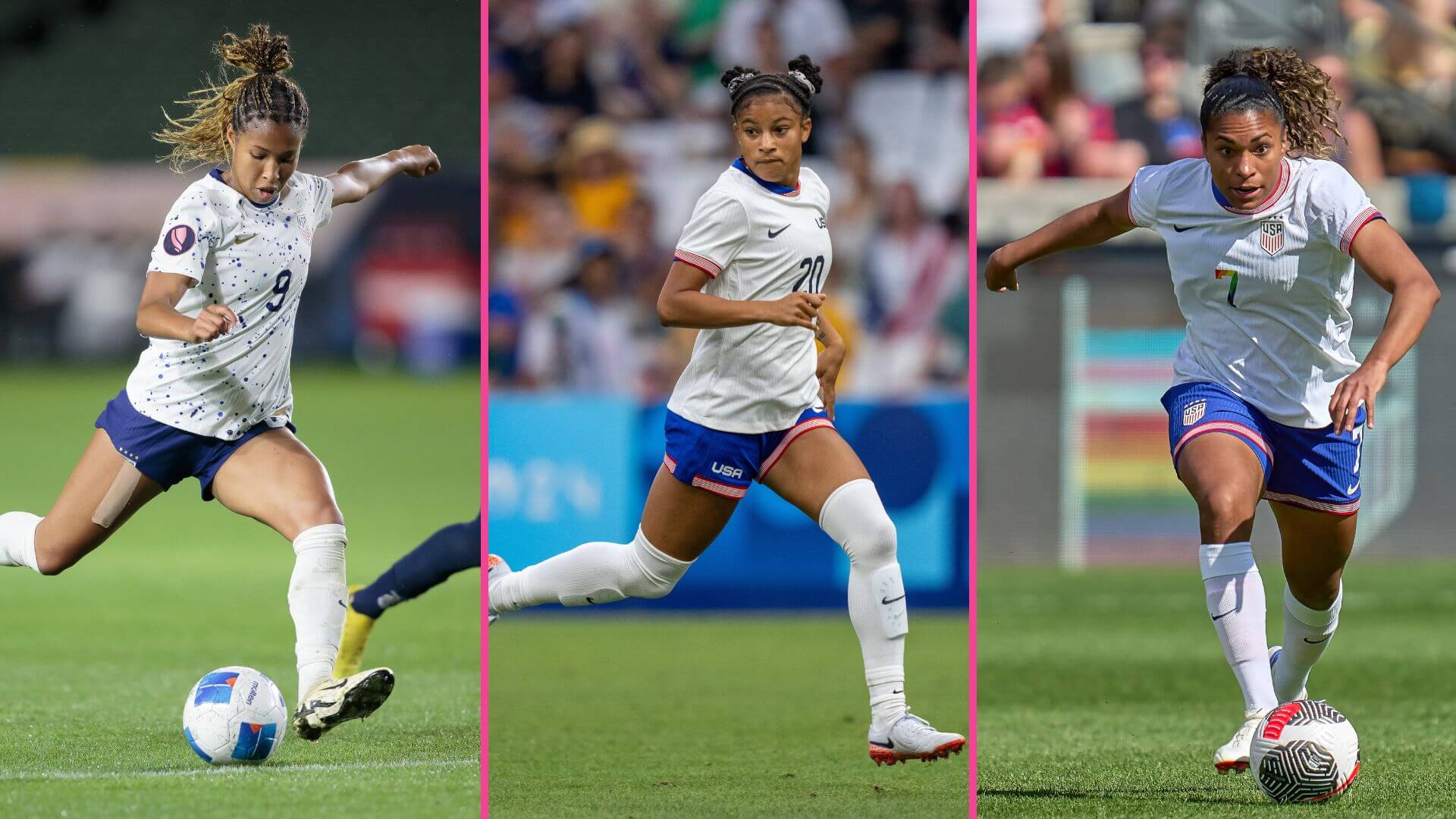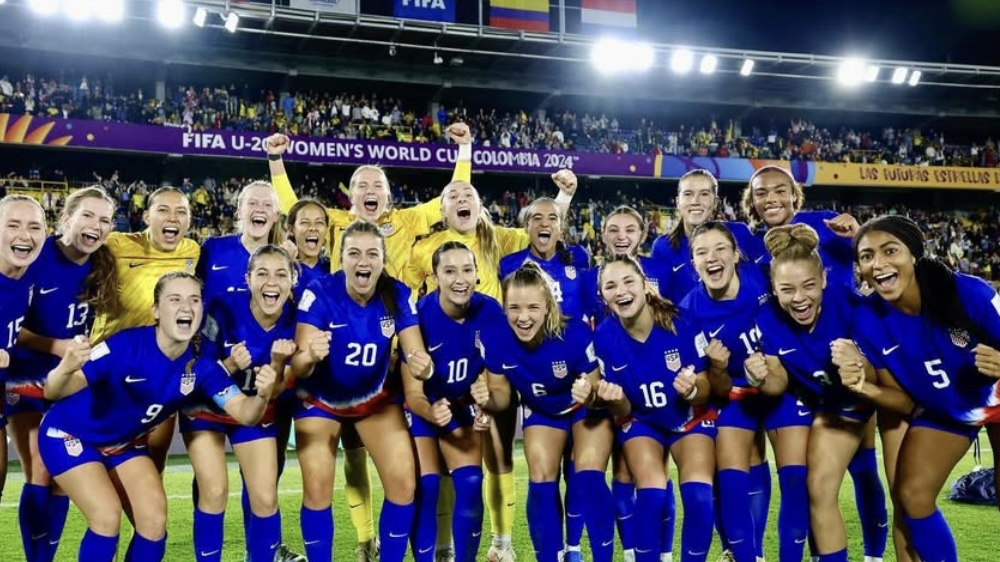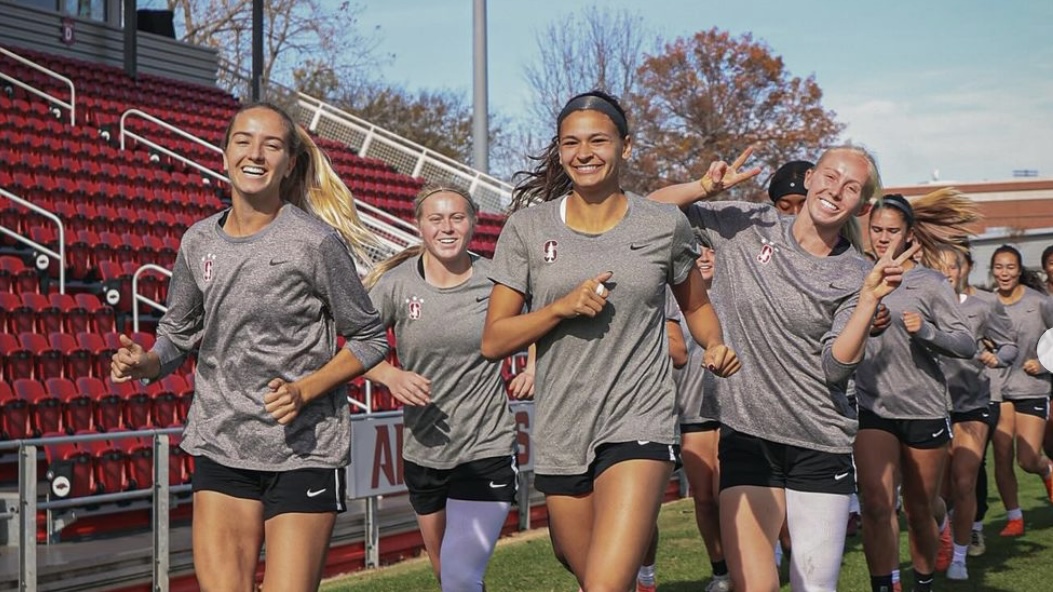The Evolution of the USWNT World Cup Jerseys
Excitement is in the air with the World Cup less than a week away and the release of the USWNT kits. Once again, the team’s jerseys have found a unique way to incorporate red, white, and blue. Interestingly enough, the colors seem to be one of the only consistencies in their World Cup uniforms. Since the first official World Cup in 1991, they have evolved over the years in materials, style, and manufacturing. Let’s look at the evolution of the USWNT World Cup jersey throughout the years.
The Evolution of World Cup Jerseys
The First World Cup, 1991
Held in 1991, the first Women’s World Cup experimented with style and function. Adidas was the manufacturer of these jerseys. They made arm sleeves elbow-length and shorts knee-length. Each jersey had a looser and baggier look to them. The justification for this is that it was just the style at the time. The jerseys were newly made out of polyester. In the 90s, teams decided to switch from cotton and manufacturing jerseys to made out of polyester.
Finally, the incorporation of the flag’s colors appeared diagonally on one sleeve and made its way to the opposing side of the shorts. This appearance was successful. The USWNT won their first World Cup in this jersey.
1995
The ? does it all!
No. 47 in our memorable FIFA Women's World Cup moments countdown: Mia Hamm plays keeper for the @USWNT in 1995 ?? pic.twitter.com/v0Z4FJmfxq
— FOX Soccer (@FOXSoccer) June 3, 2023
The second World Cup looked similar to the prior tournament, yet it was manufactured by Nike. This was a big deal as Nike and Adidas were neck and neck in signing contracts with some of the world’s top athletes and teams. Along with that, the style was consistent and simple. The seams of the jerseys had red, white, and blue stripes, which differed from the previous World Cup.
1999
The ’99 World Cup was another win for the USWNT. Somehow, Nike was able to make the jerseys even simpler. With red numbers, a white jersey, and a blue neckline. The jersey lacked some of the fun we have in the present day. A visible difference is the United States crest moving from the center of the jersey to the left side.
2003
In the fourth World Cup, and after 12 years, the style began to shift. While the shorts are still loose, the arm sleeves begin to get shorter and tighter. Additionally, the necklines, previously a sharper v, begin to be rounded out. The incorporation of the country’s colors focuses heavily on navy blue and white while leaving out the color red.
2007
In the 2007 World Cup, the change in style began to be much more apparent. The shorts are less baggier and start to get shorter. The arm sleeves are no longer long and loose but much more fitting for the shoulders. Tighter jerseys help a player’s aerodynamics. Without loose ends, a player’s movement can be sharper. The colors of the flag are incorporated into the jersey sleeves. There is an ombré effect from the neckline to the end of the sleeve.
2011
The 2011 Women’s World Cup started to cut the simplicity of previous jerseys. One distinguishable factor about this year’s jerseys is their neckline. The seam that outlines it ends up going down the middle of the body. Along with that change, the jerseys are overall fitting to the body. The shirts are no longer loose around the hips, and the shorts are also more fitting. Additionally, the numbers are no longer in the center but on the right side of the body.
2015
This World Cup is famous for its astonishing final in which the USWNT beat Japan by three goals. The colors of the jerseys they wore in the final are once again simple, but the style is overall tighter, and the shirts are much shorter. Their other set of jerseys is much more creative. The entire set is ombré, using different tones of blue, and is much more appealing to the eye.
2019
These jerseys are very similar to those in the 2015 World Cup. The USWNT won once again, and the simplicity in their jerseys might just do the trick. The sleeves of the jerseys have red and white stripes on the seams, and the neckline is much shorter than in previous years.
2023
The @USWNT's 2023 FIFA Women's World Cup kits are here ??? pic.twitter.com/E5EZLdpE55
— FOX Soccer (@FOXSoccer) April 3, 2023
This year’s World Cup jerseys are unlike any other. The jerseys are speckled with blue dots and are very abstract. Nike said that the players helped them design these themselves and that the jerseys are also sustainable. They are made out of recycled polyester and have more options for the players. There is a new side panel that allows breathability, and the players can pick between two necklines based on their preference.
The advancement of the jersey over the past 32 years is an advancement of the sport itself. It is interesting to look at why such things change and predict how they might improve in the future. This year’s kits are revolutionary, and it will be exciting to see the innovation and creativity on the field.
Featured image via @uswnt on Instagram
_
GIRLS SOCCER NETWORK: YOUR SOURCE FOR GIRLS SOCCER NEWS




